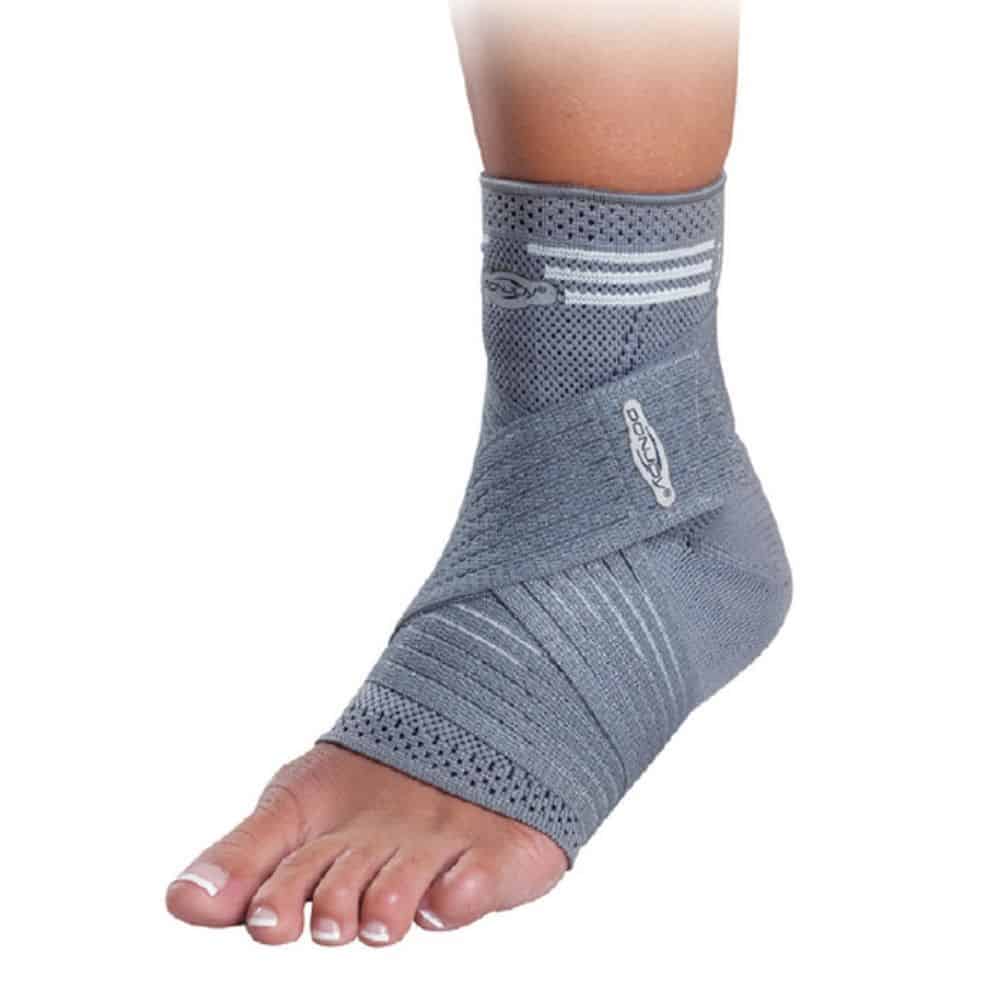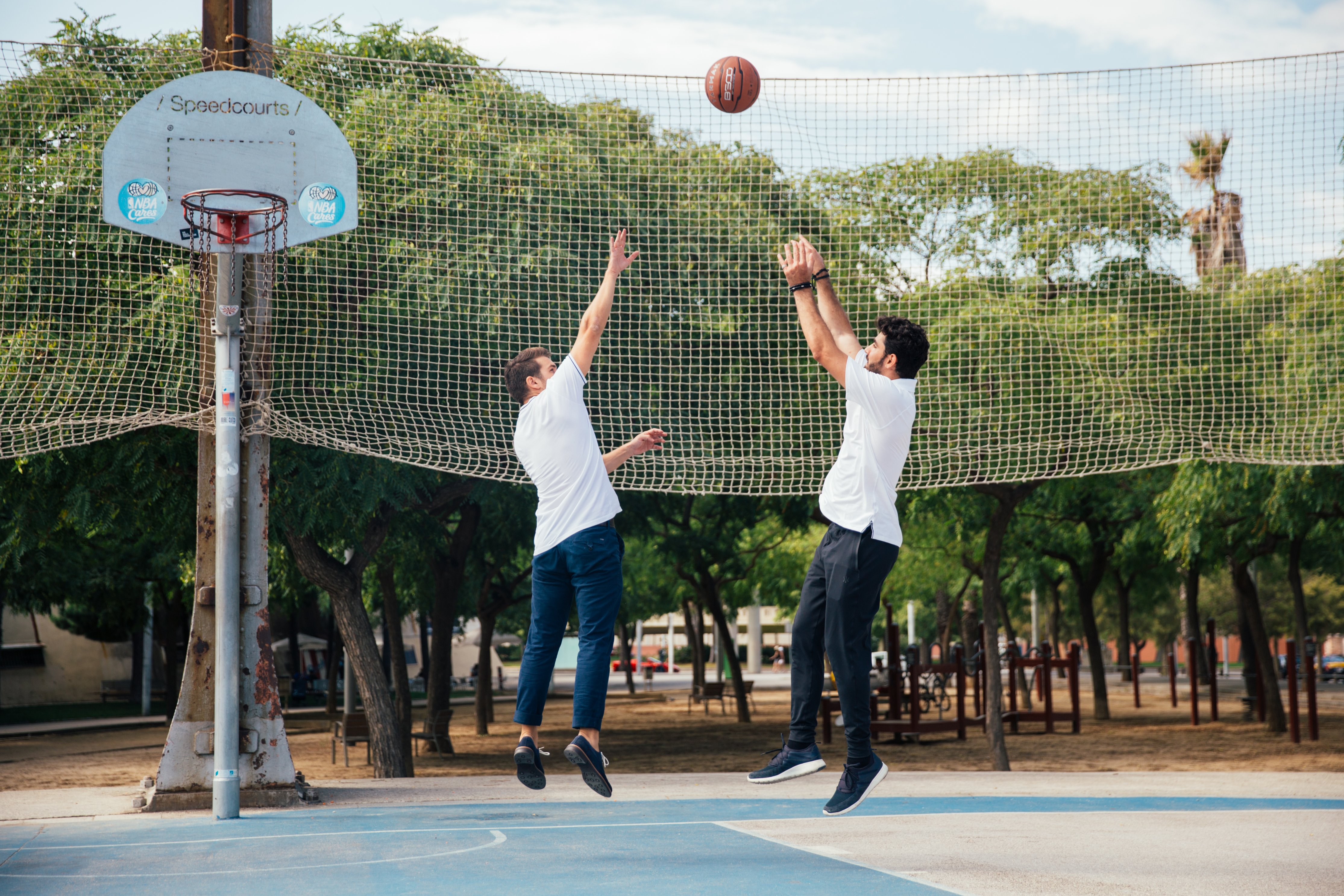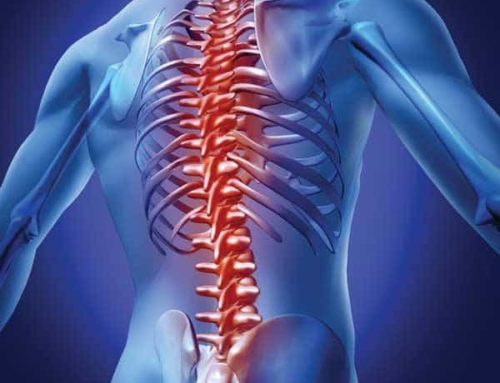tendonitis ankle can present itself as heel pain or tendon pain at the back of your ankle! More commonly called achilles tendonitis or achilles tendinopathy.
This is a common over use injury caused by a repetitive strain or loading force put on the tendon. It is the biggest and strongest tendon in the human body connecting your heel bone to your calf muscle. This condition often affects athletes and those completing sporting activities however it can also occur due to a sudden injury or fall.
Grades of tendonitis ankle injury:
According to Sports Medicine Australia, there are different grades of injury:
| Grade | Description |
| 1 (mild) | Pain after running only |
| 2 (moderate) | Pain before and after running, lessening during a run. |
| 3 (severe) | Pain with activity |
| 4 (extreme) | Pain during everyday activities |

Causes of tendonitis ankle:
- Training or exercising wearing incorrect footwear. For example wearing thongs, pumps or old trainers/shoes.
- Poor training technique while running causing rolling in of the foot.
- Sudden increase in the intensity of the training program.

What are the symptoms of tendonitis ankle?
- Pain and stiffness around the affected achilles tendon which usually develops gradually. The tendon is painful to touch.
- Morning pain: symptoms tend to be worse in the morning on initially standing up and loading the tendon.
- In general, pain tends to be worse after exercising or repetitive loading, however, pain can also occur during exercise.
- Swelling can occur, but this tends to be a less common symptom
How can our Physios help treat tendonitis ankle?
Your physiotherapist will also perform manual therapy techniques to reduce pain, lengthen tight muscles and reduce stiffness in the ankle joint. These techniques include:
- Soft tissue release: Massage, deep tissue work and trigger point release along the calf muscles will improve range of movement as well as reduce pain.
- Joint mobilization: of the ankle joint can help to reduce any stiffness in the joint and get the movement back.
- Taping: helps to correct overpronation (rolling in) of the foot and also to offload the tendon.
- Home exercise program: Once the initial pain settles, exercises are given to strengthen the tendon and muscles. Gradual progressive loading of the tendon provides the best results. Therefore an individual physiotherapy assessment is advised in order to best address the issue.But Remember! You will need to do your part at home in between treatment sessions in order to gain progress and results!!

